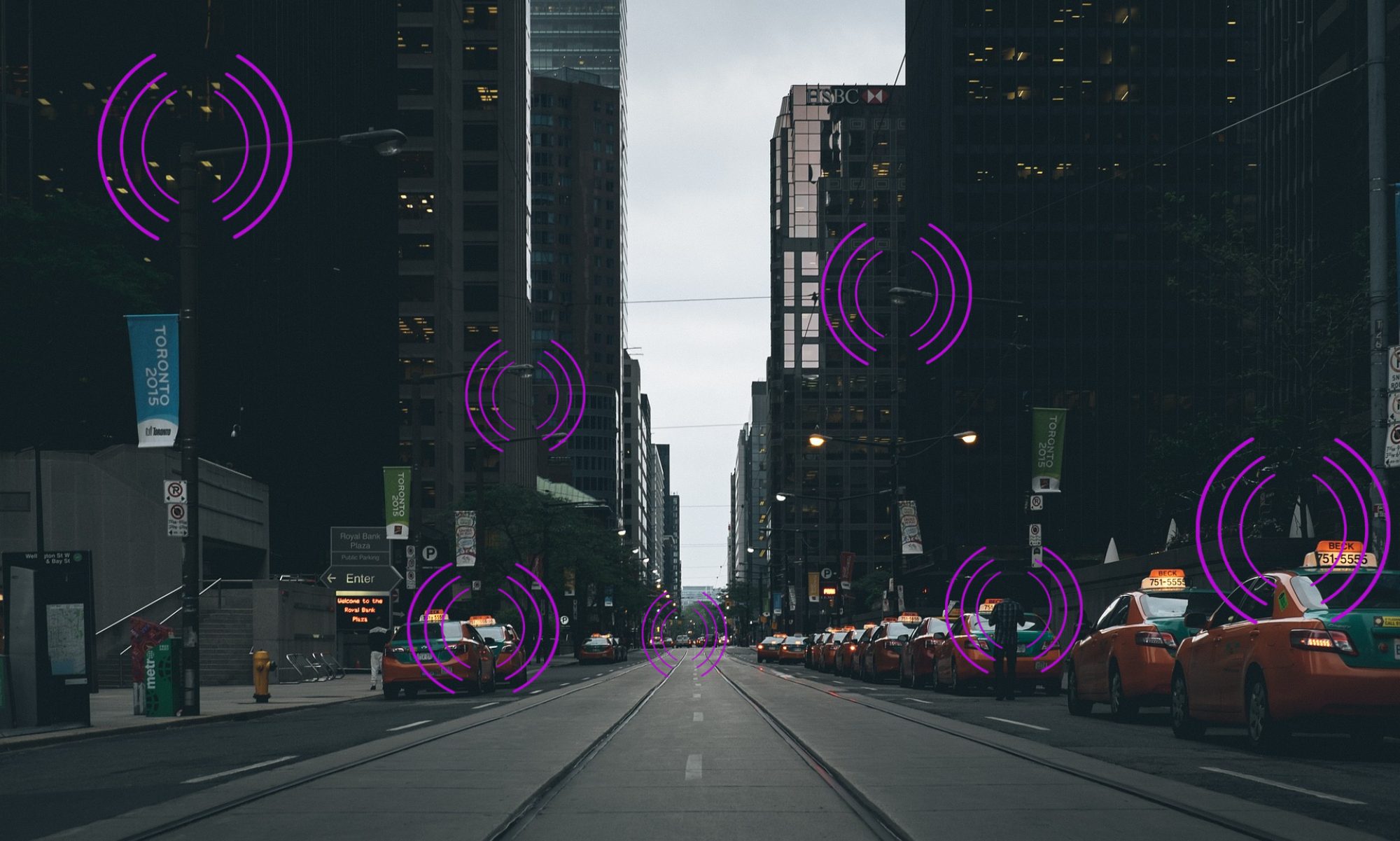Historical Context of P-Encoding
Why was P-encoded introduced?
P-encoding was designed to efficiently encode Provider Service Identifiers (PSIDs) in a compact and scalable way for secure message handling in vehicular networks.
What does it do?
It allows PSIDs to be encoded in a variable-length format.
This ensures that lower values (0–127) are stored efficiently (1 byte), while larger values require more bytes.
This reduces message size, which is critical in real-time V2X communication.
Standardization:
The encoding format was defined in IEEE 1609.2, the standard governing secure message formats in the Dedicated Short-Range Communications (DSRC) stack.
It was adopted for security and privacy purposes in DSRC and later expanded to C-V2X systems.
Relation to ASN.1 and TLV Encoding:
The P-encoding method is somewhat similar to ASN.1 Variable-Length Encoding (VLE).
It's designed for low-latency, bandwidth-efficient message exchange.

